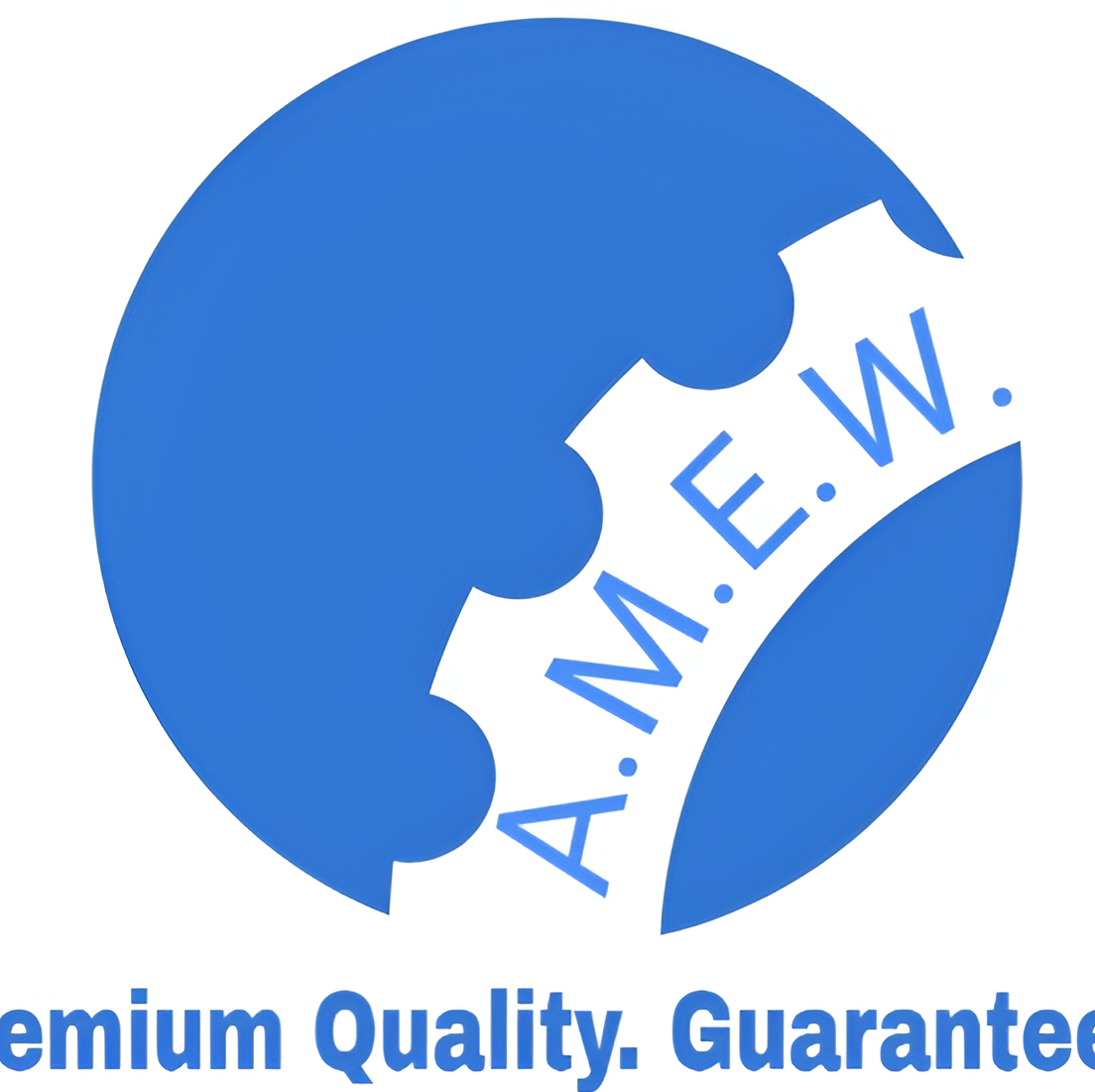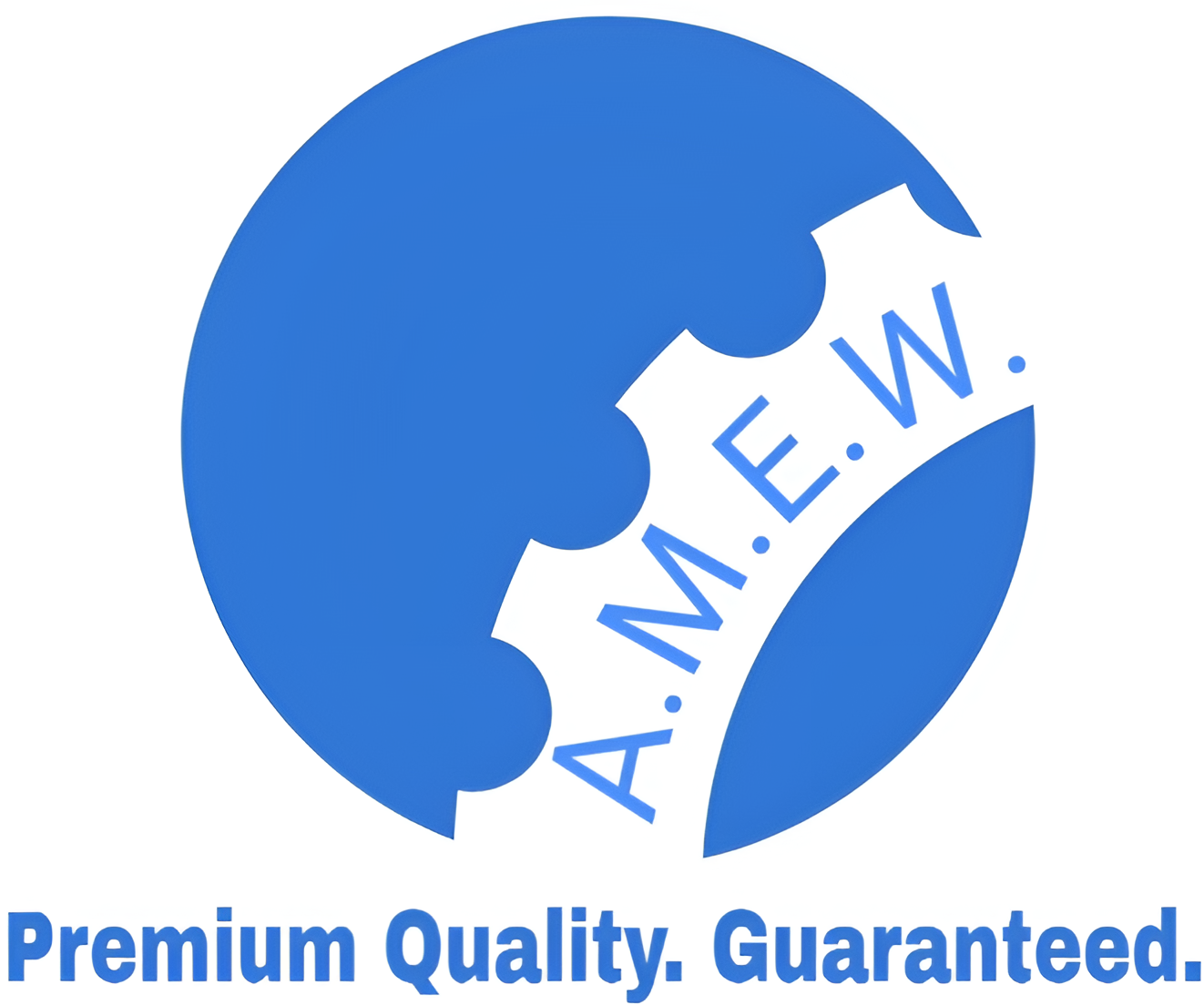The Ultimate Guide to Tube Mill Rolls for Mill Operators and Engineers
Introduction to Tube Mill Rolls
Tube mill rolls are an essential component in the manufacturing process of various tubular products. From steel pipes to seamless tubes, tube mill rolls play a critical role in shaping, forming, and finishing metal tubes efficiently and uniformly. Without proper tube mill roll performance, product quality and production efficiency can suffer significantly.
Whether you’re a mill operator aiming for higher efficiency or an engineer looking to optimize equipment, understanding tube mill rolls’ design, materials, and functionality can help you make informed decisions for your operations. This guide will walk you through the materials, types, maintenance, and future trends of tube mill rolls, providing actionable insights and valuable knowledge.
Materials Used in Tube Mill Rolls
The material of a tube mill roll dramatically influences its durability, performance, and suitability for various applications. Here are the most commonly used materials and their characteristics.
1. Tool Steels
Tool steels such as D2, A2, and M2 are widely used for tube mill rolls because of their excellent hardness, wear resistance, and toughness. They are suitable for high-frequency welded pipes due to consistent performance under heavy loads and extreme temperatures.
2. Carbide
Tungsten carbide rolls are preferred for applications requiring high wear resistance and dimensional accuracy. Although they come at a higher cost, their durability makes them a cost-effective choice for long production runs.
3. Cast Iron
Chilled cast iron rolls are a traditional choice due to their good wear resistance and low production cost. They are commonly used for light-duty applications, where extreme hardness isn’t required.
4. Chrome-Plated Rolls
Adding a hard chrome layer to the base material enhances resistance to wear and corrosion, making chrome-plated rolls ideal for humid environments or where corrosion resistance is critical.
Types of Tube Mill Rolls
Different roll designs cater to specific tube-making processes and production requirements.
1. Breakdown Rolls
Primarily used in the initial stages of tube forming, these rolls handle heavy deformation and shape the raw material into a preliminary tube form.
2. Fin Pass Rolls
Fin pass rolls refine the tube’s shape and prepare it for welding. Precision here ensures weld quality and dimensional accuracy.
3. Weld Rolls
Located near the welding zone, weld rolls maintain the tube’s roundness during welding. They must withstand high temperatures and maintain proper alignment under pressure.
4. Sizing Rolls
Typically located near the end of the line, sizing rolls ensure the tube meets exact dimensional specifications. They also improve surface finish and roundness.
5. Idler Rolls
Idler rolls or guide rolls support the tube as it moves through the mill, ensuring stability without driving deformation.
Maintenance and Care
Proper maintenance of tube mill rolls is critical to extend their lifespan and reduce downtime.
1. Cleaning and Inspection
Regularly clean your rolls to prevent the buildup of dirt, oil, and debris. Inspect for cracks, chips, or uneven wear that might compromise product quality.
2. Lubrication
Appropriate lubrication reduces friction and heat, preventing premature wear. Always use the specified grade of lubricant and maintain optimal levels.
3. Storage and Handling
Store rolls in a clean and dry environment, away from moisture and contaminants. Properly handle rolls during installation to avoid accidental damage.
4. Balancing and Alignment
Unbalanced rolls can cause vibrations, leading to poor product quality and equipment wear. Perform regular alignment checks to ensure rolls operate smoothly.
5. Scheduled Regrinding
Rolls lose surface hardness and precision over time. Scheduled regrinding can restore their original dimensions and functionality, prolonging usage.
Troubleshooting Common Issues
Even with meticulous care, tube mill rolls may encounter issues during operations. Here’s how to troubleshoot some of the common problems.
1. Uneven Tube Shape
Cause: Misalignment of rolls or uneven roll wear.
Solution: Check and adjust alignment, and replace worn-out rolls.
2. Frequent Roll Breakage
Cause: Overloading, improper lubrication, or cracks in the material.
Solution: Ensure proper lubrication, reduce operating loads, and inspect rolls for cracks.
3. Poor Weld Quality
Cause: Misaligned weld rolls or contamination.
Solution: Correct alignment and clean contaminants from the rolls and material.
4. Rapid Wear
Cause: Insufficient lubrication, abrasive material, or improper roll material selection.
Solution: Apply the correct lubricant, verify the material specification, and choose a suitable roll material.
Future Trends in Tube Mill Roll Technology
The tube mill industry is evolving rapidly, with technology advancements aimed at improving durability, efficiency, and precision.
1. Advanced Coatings
Innovative coatings such as ceramic, titanium nitride (TiN), and diamond-like carbon (DLC) are becoming popular due to their superior hardness and anti-corrosion properties.
2. AI and IoT Integration
Smart sensors integrated with rolls can send real-time data on temperature, wear, and alignment. AI-based systems can also predict roll failures and suggest preventive measures.
3. Sustainable Materials
Environmentally friendly materials, such as recycled alloys, are gaining traction as industries push for greener manufacturing processes.
4. Additive Manufacturing
3D printing technology is being explored for the production of custom rolls. It offers possibilities for faster production and material optimization.
Maximizing Performance With the Right Tools
Every mill operator or engineer’s ultimate goal is to produce high-quality tubes while minimizing costs and downtime. To achieve this, understanding and choosing the right tube mill roll materials and designs, paired with proper maintenance, is critical.
Looking forward, staying updated with new technologies like advanced roll coatings and AI monitoring can help you gain a competitive edge in your tube manufacturing process.

